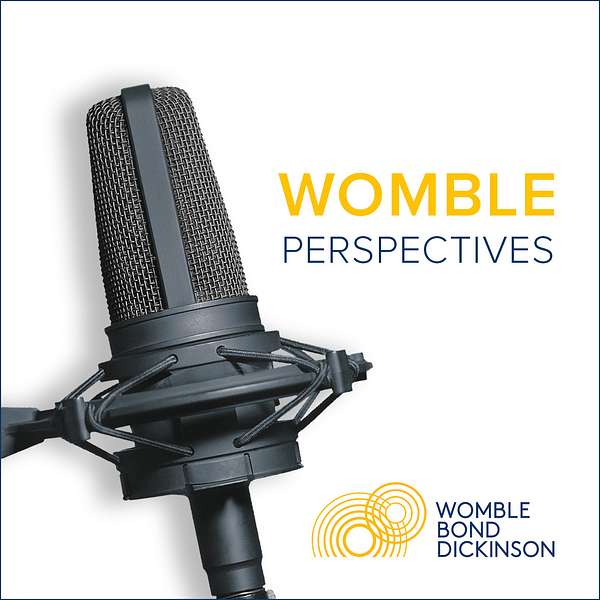
Womble Perspectives
Welcome to Womble Perspectives, where we explore a wide range of topics from the latest legal updates to industry trends to the business of law. Our team of lawyers, professionals and occasional outside guests will take you through the most pressing issues facing businesses today and provide practical and actionable advice to help you navigate the ever-changing legal landscape. With a focus on innovation, collaboration and client service, we are committed to delivering exceptional value to our clients and to the communities we serve.
Womble Perspectives
Can a Wood Grain be Copyrighted?
Toppan Interamerica, a Georgia-based commercial printer, has sued Whalen Furniture in California for allegedly copying its copyrighted Fitzroy Pine and Bianco Oak wood grain patterns. U.S. copyright law protects original patterns like faux wood grains, granting creators exclusive rights for up to 70 years after death or 95 years after publication.
Read the full article.
About the authors:
Andrew Beverina
Jack B. Hicks
Welcome to Womble Perspectives, where we explore a wide range of topics, from the latest legal updates to industry trends to the business of law. Our team of lawyers, professionals and occasional outside guests will take you through the most pressing issues facing businesses today and provide practical and actionable advice to help you navigate the ever changing legal landscape.
With a focus on innovation, collaboration and client service. We are committed to delivering exceptional value to our clients and to the communities we serve. And now our latest episode.
Since time immemorial, we have faced the question: how much wood would a woodchuck chuck if a woodchuck could chuck wood. And if that woodchuck did chuck wood, would they get sued for copyright infringement?
Okay – maybe that last part is a newer addition.
A little while back, Toppan Interamerica, a commercial printer in Henry County, Georgia filed two lawsuits alleging that California-based Whalen Furniture is infringing Toppan’s copyrights for decorative wood grain paper for furniture. Images of these patterns are available at the link in the show notes if you’re interested in seeing them.
Toppan alleges that Whalen’s products directly copy the Fitzroy Pine and Bianco Oak copyrighted patterns, and that Whalen scanned the other patterns and made slight changes.
Under U.S. copyright law, original patterns are copyrightable. United States copyright law protects "original works of authorship" fixed in a tangible medium, including two-dimensional art such as original faux wood grains. Copyright owners have the exclusive right to make and sell copies of their works. These exclusive rights expire 70 years after the author's death or 95 years after publication. The protection in a new faux wood grain has been called “thin” copyright protection, since no protection extends to natural wood grains or to other faux patterns not copied from the copyrighted pattern.
Toppan chose to file complaints in the Southern District of California and at the U.S. International Trade Commission. These forums have different requirements and offer different remedies. District courts can hear copyright infringement cases and issue injunctions and award monetary damages. The ITC institutes upon request or on its own investigations about allegations of imported goods that violate intellectual property rights. When requested by an injured party, the party must prove that they are making significant investments in the intellectual property in the United States. This so-called “domestic industry” requirement looks at the industry and realities of the marketplace to evaluate the investments.
Despite these additional requirements, the ITC is a popular venue for a few reasons. First, it is fast. Decisions from the Commission normally come within 16 to 18 months. Second, it provides a powerful remedy for owners of intellectual property—exclusion of the infringing goods from the United States, which is enforced by U.S. Customs and Border Protection.
The Toppan lawsuits against Whalen Furniture has shed light on the challenges of protecting designs like faux wood grains under copyright law. While U.S. copyright law does offer some protection for original patterns, it’s fairly limited, covering only cases of direct copying. The case highlights just how important intellectual property rights are and the different strategies companies can use to protect them in today’s global market.
Thank you for listening to Womble Perspectives. If you want to learn more about the topics discussed in this episode, please visit The Show Notes, where you can find links to related resources mentioned today. The Show Notes also have more information about our attorneys who provided today's insights, including ways to reach out to them.
Don't forget to subscribe via your podcast player of choice so that you never miss an episode. Thank you again for listening.